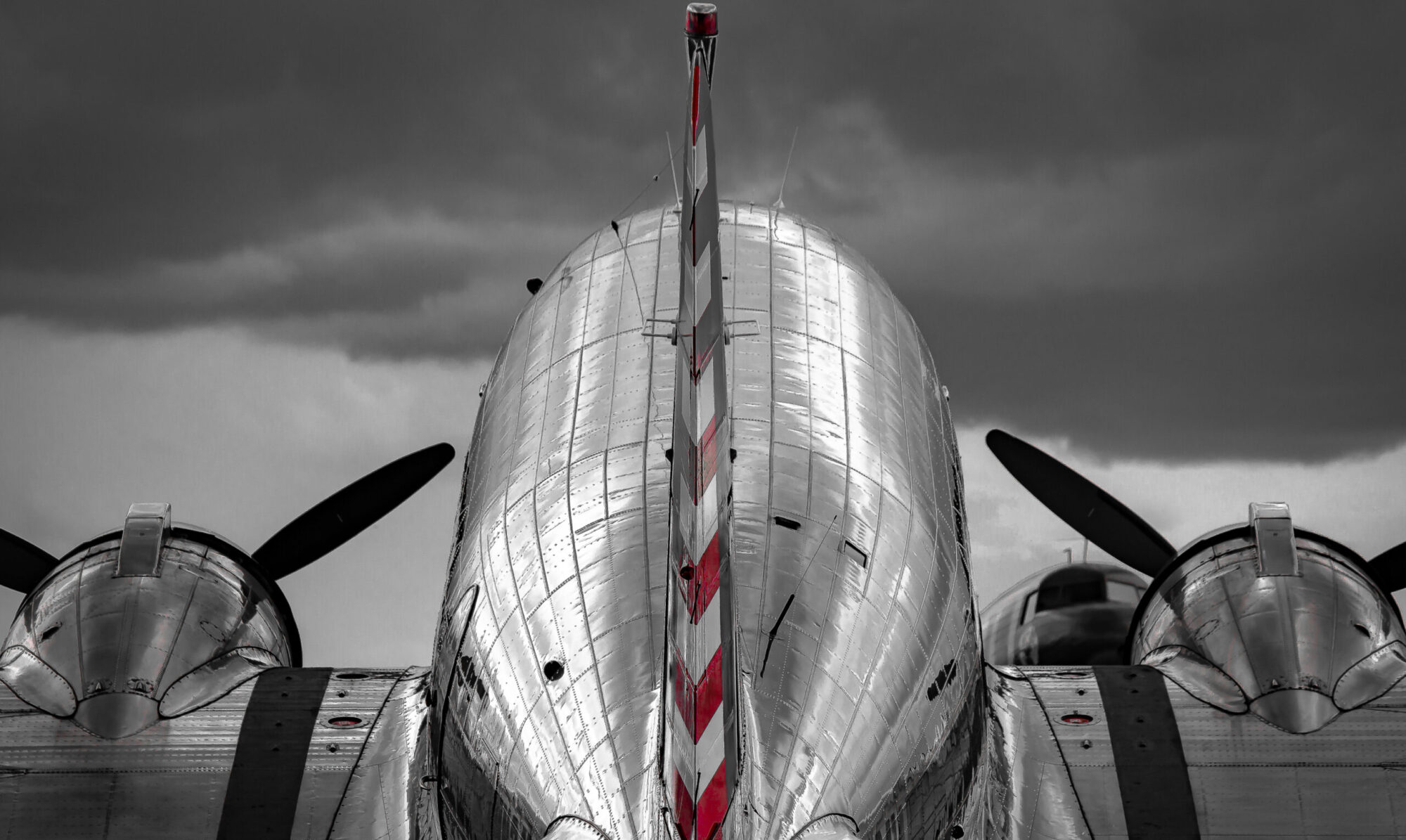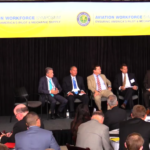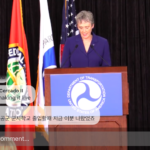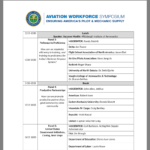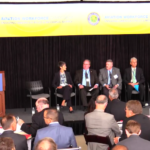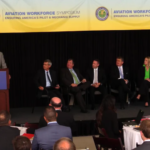I’ve spent much of my aviation life with one foot in the future, and one foot in the past.
Most recently, I spent a year and a half working with new pilots just starting their studies towards an airline transport pilot’s license, young people from all over the world, in a new country (to all of us), fighting to perfect their English along with puzzling through General Navigation—one foot in the future, one foot in the past.
At the same time (along with a team of real aviation history geeks), I brought into life the biography of a man, Donald Douglas, who changed our world a hundred years ago, as he graduated from the dewy-new MIT to establish the Douglas Aircraft Company and build the iconic DC-3.
As I continue to field DMs from students, as they struggle and succeed, and as I read news every day of the latest innovations trying to solve our questions of future propulsion, economy, and environmental care—I can’t help but be struck by the parallels back to similar questions Donald Douglas grappled with in the 1920s and 30s, as his wily band of engineers competed, collaborated, and convinced a wary public that flying around the world was not only possible, but safe—and should be something we must keep doing.
Clearly that general public took the bait, because we’re still building airplanes, we’re still needing pilots, and so much of the world’s commerce can happen because it’s possible for me to get on an airplane in Lisbon this afternoon and be in Singapore 26 hours later (with a few hours cooling my jets in Dubai).
A couple of weeks ago, the FAA hosted a symposium in Washington, D.C., seeking to loosen the hairy knot that’s choking the development of the aviation workforce. Because we live in a connected world, I participated in it livestream from my couch via Facebook.
After conceding that the opening panel reflected the current state of affairs (and politics)—and deftly illustrated that we haven’t yet tackled diversity in our upper ranks—I was encouraged as the day moved on with a variety of thoughtful leaders from around the community floating up idea balloons that deserved more time than the space provided. It reminded me of the similar Pilot Training Reform Symposium hosted by SAFE (Society of Aviation and Flight Educators) in Atlanta in May 2011.
At that conference, we outlined a host of problems to address. Coming off of the worst recession many of us had witnessed firsthand, we discussed the lack of student starts, drop in aircraft sales, and diminishing flight hours all around that hung a dark cloud over the industry—but we were determined to fight these issues.
The ideas that came from that 2011 event (increase flight instructor professionalism, revamp the testing process, find new ways to market to the next generation) felt solid, but only through the collaborative effort between industry, government, and user groups did we come up with real change. Regardless of how you feel about the new Airmen Certification Standards, they reflect the substantial transformation that can happen when folks set aside their fiefdoms and work to create something new.
And that was the overall message I heard from the Aviation Workforce Symposium this September. We have a new landscape, with airlines around the world clamoring for personnel—not just pilots—and willing to pay for training and better wages to bring them on board. Turns out that when the real pain strikes you, what was once a nagging ache turns into an emergency you must address.
At the symposium, the people who found success in recruiting diverse new entrants into the aviation community (be it pilots, technicians, or the host of support personnel making airplanes fly)—these folks brought up repeatedly the partnerships that had energized the process. The collaborations make it happen.
Case in point—and one I can relate to, given my recent experience: Students that have come into our training programs in Portugal typically do not have the same experience with the mechanical world that I had as a teenager. When I turned 16, more than 30 years ago, I had a car, and I learned how to change a tire, and an air filter, and the bulbs for my headlights. Today, even in the U.S., where a similar teen could also have access to a car, it might take dropping the entire front end of the car to get to the headlights—we’re so advanced, we’re no longer meant to service our own machines.
As for the young people I’ve mentored in the last two years: They not only may not have ever driven a car before coming to Portugal—some have never ridden a bicycle. It’s far from a lack of intelligence (that same kid could build an app for my iPhone), but a difference in exposure. At the same time, the airlines need more relevant skill in their initial candidates, though there may be less skill coming in the front door, a point brought up by several voices at the symposium.
We fiercely need to innovate and collaborate to attack this lack of exposure. If the flight school, and, subsequently the airline, notes this lack, and in partnership brings training into the high schools, we can solve this pervasive problem—and at the same time the industry gets to take advantage of the inherent marketing that occurs when a child encounters aviation in a natural, practical, relevant way.
We innovate in aviation in a stunning variety of ways, and I feel in my bones we’ll address our issues about fuel, noise, cost, comfort, and safety through evolutions we can’t yet visualize. The first flight around the world, in the Douglas World Cruisers in 1924, resulted from the innovation of the new aviation industry, backed by the support and investment of the Army Air Corps. Doug had witnessed the ineffective (at best) way government worked when unchecked, through his year with the Signal Corps in World War I—but he also knew that serving the greater good through this government contract could have a large financial payoff for his private-sector business.
I’d like to see the action list resulting from the Aviation Workforce Symposium—and determine the project to which I’ll sign my name. If each of us does the same, we can direct the innovation to address our problems.
One action item we can each put into play? Take a cue from entities as diverse as Boeing, Redbird Flight Simulations, and AOPA, and—using the work they’ve done in creating STEM curricula and other programs—help them find traction in our local schools and youth clubs. Supplement this greater action with other gestures to enhance it, such as donating materials and subscriptions to a local youth program or technical college.
My personal action has been giving support to our local air museum, and mentoring past students (our diverse “flock”) as they navigate their own specific course to an aviation career. Parallel to this? To counter any lack of opportunity, purposefully seek out young people who wouldn’t otherwise get a ride to the airport, and go to them where they are—maybe that kid isn’t watching airplanes from outside the fence because he or she can’t physically get there.
Collaboration wins, but it takes each of us to move the needle forward.
